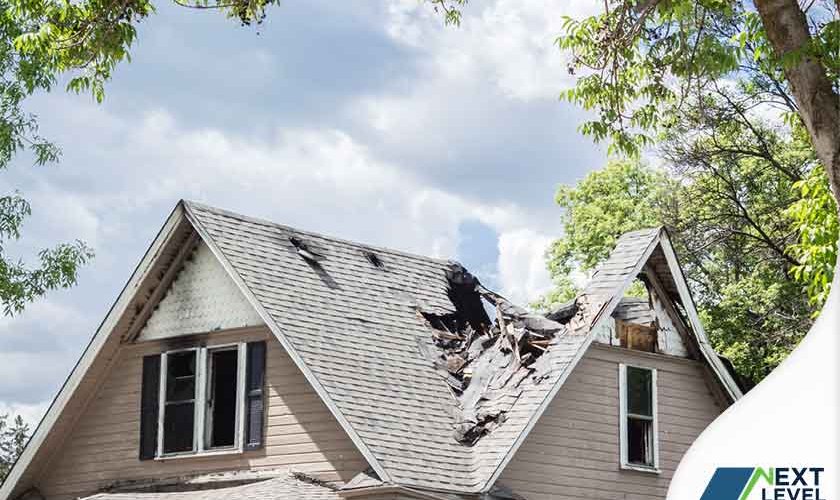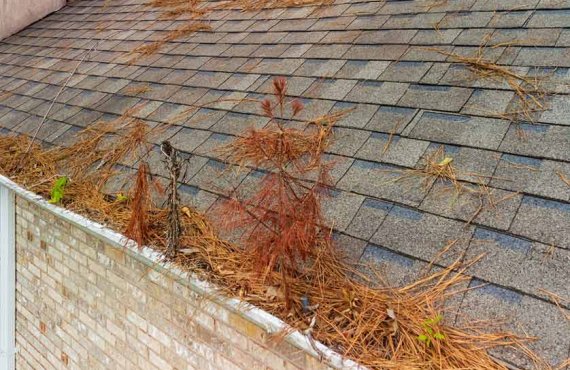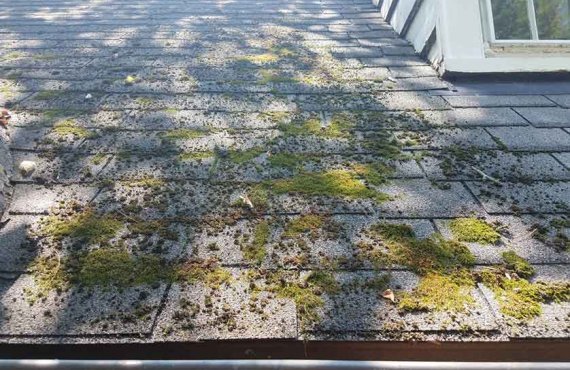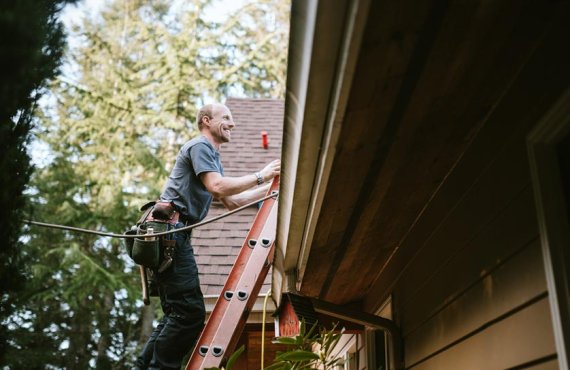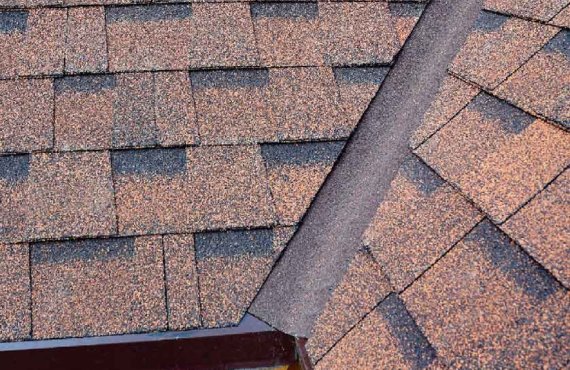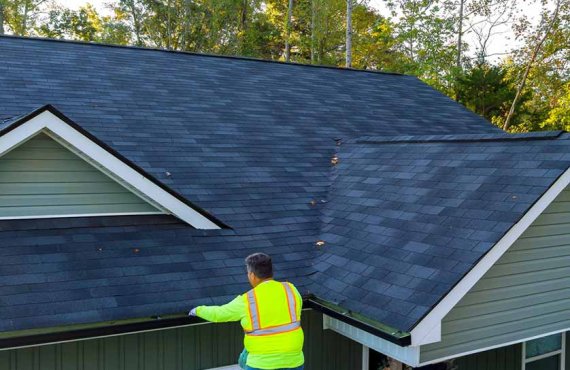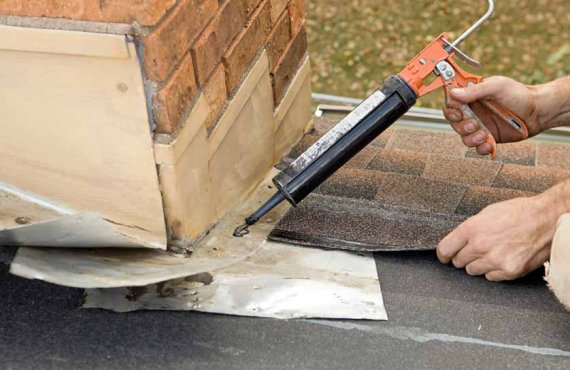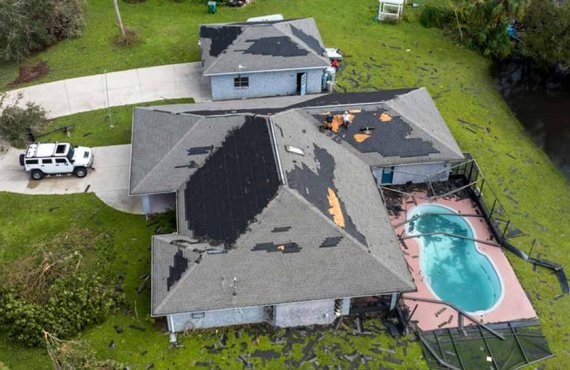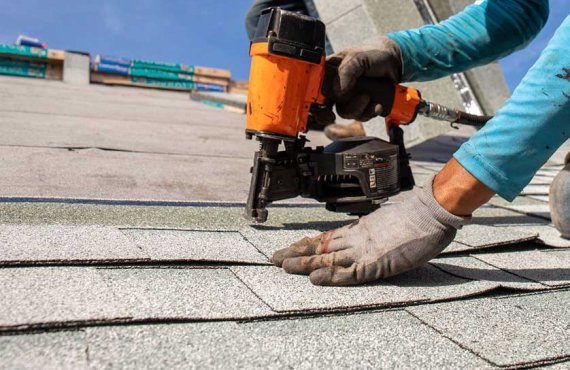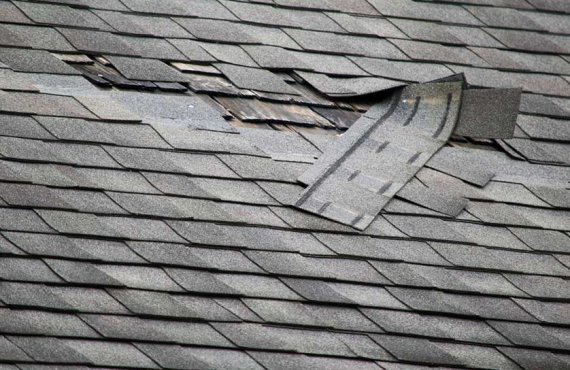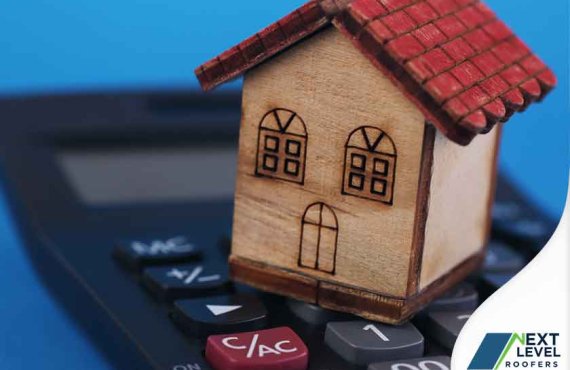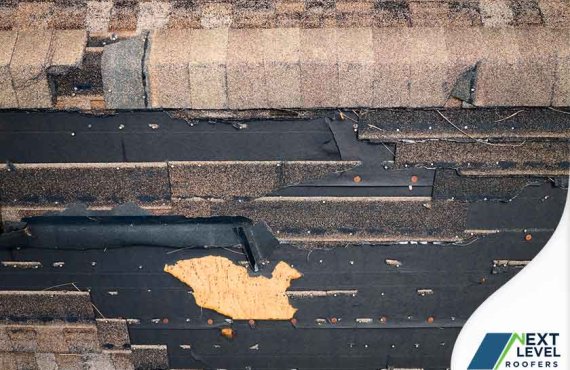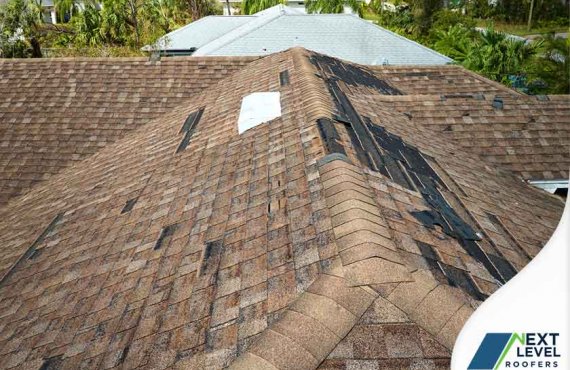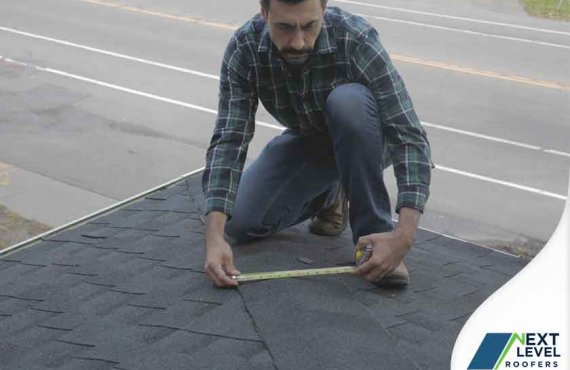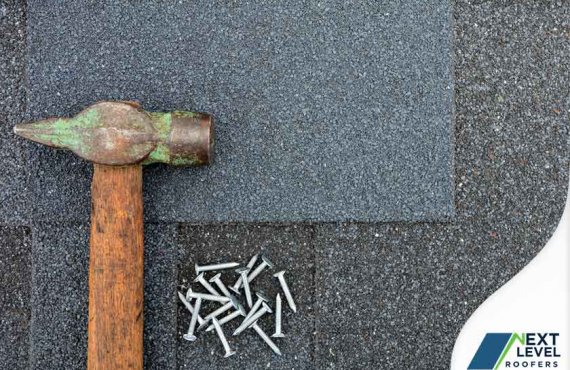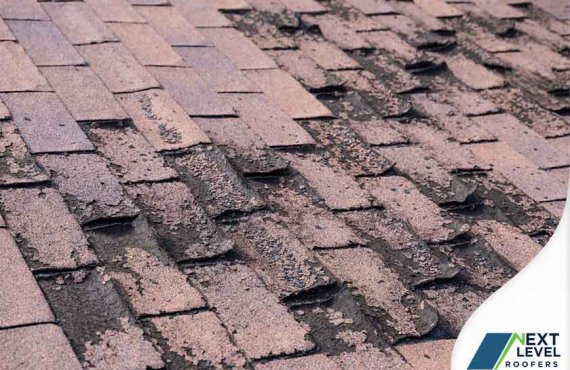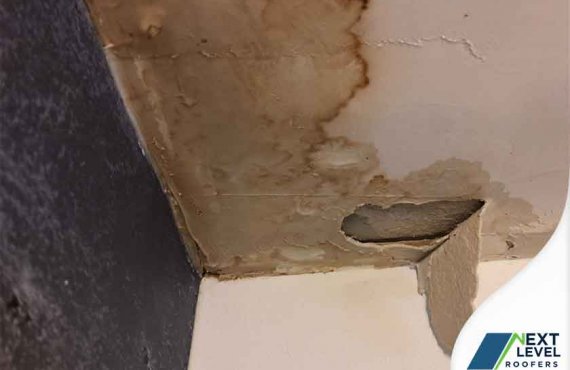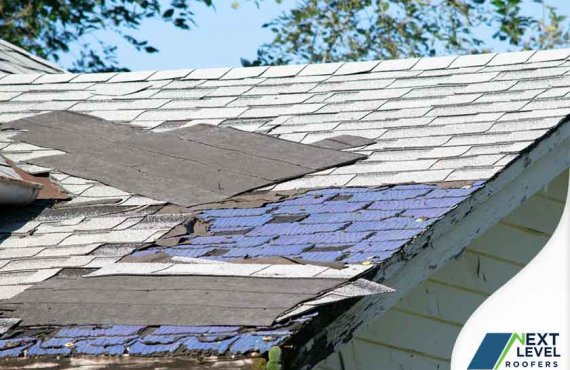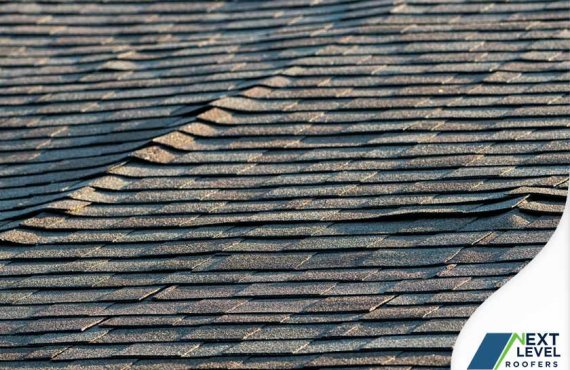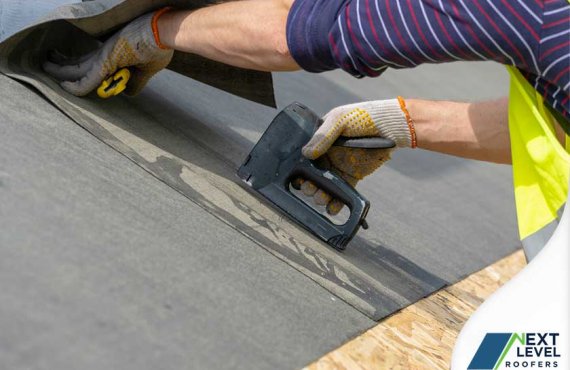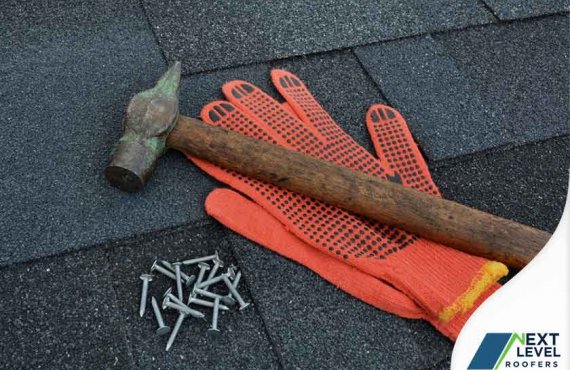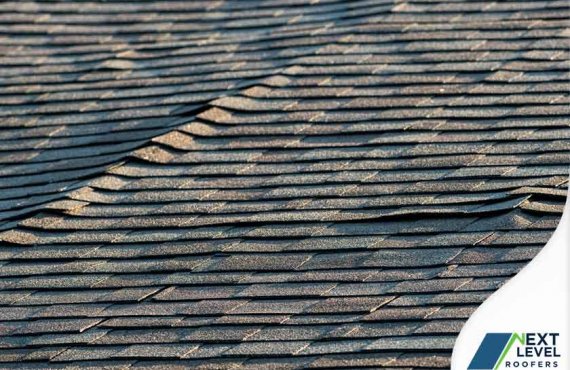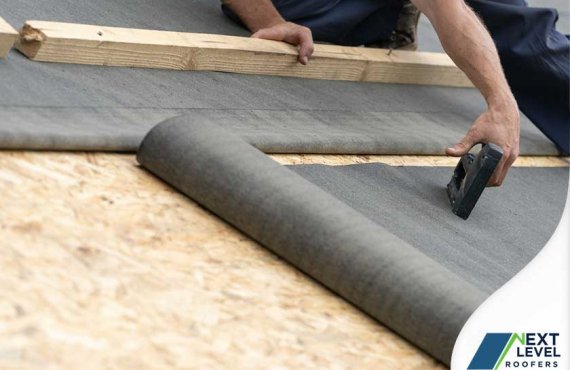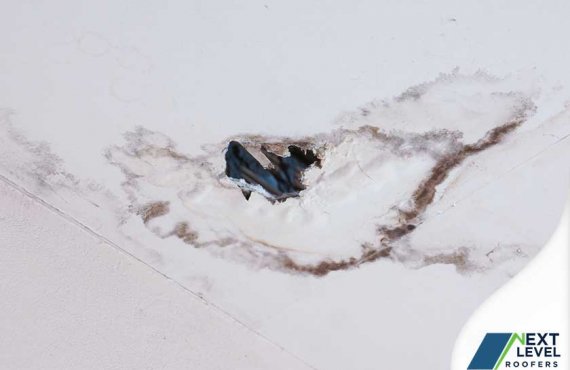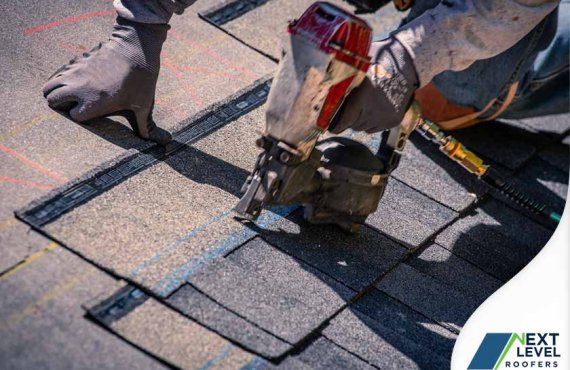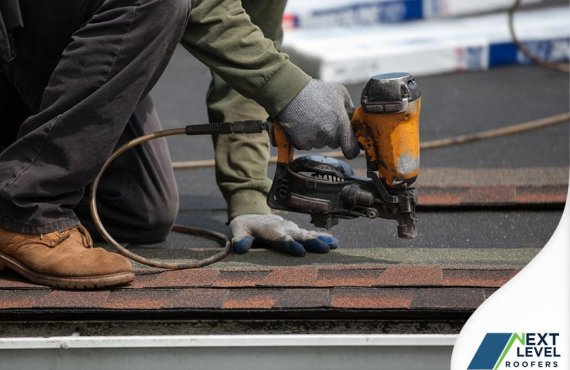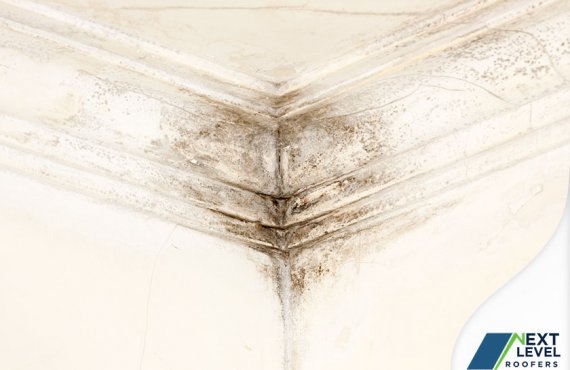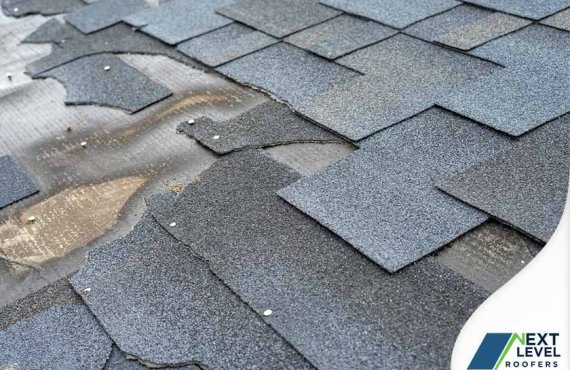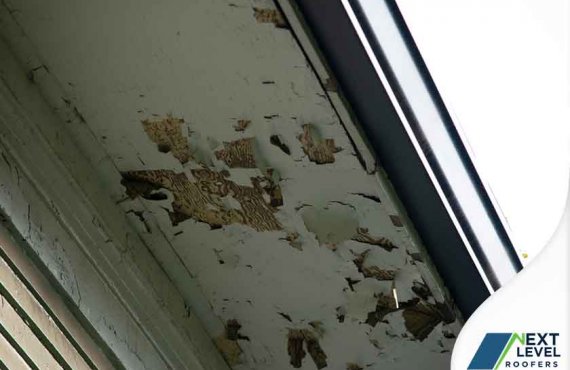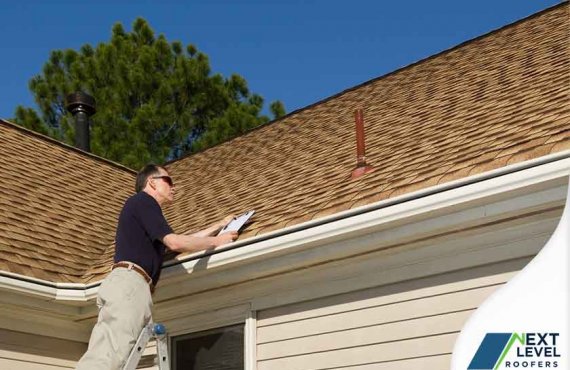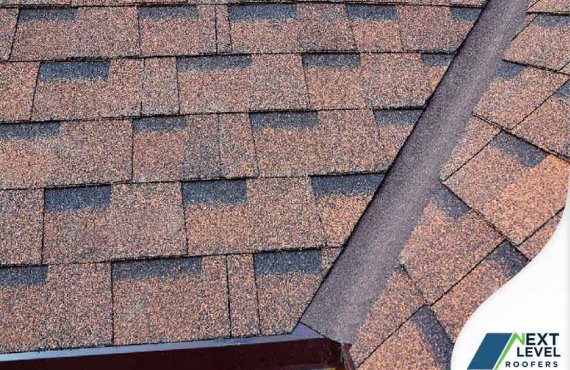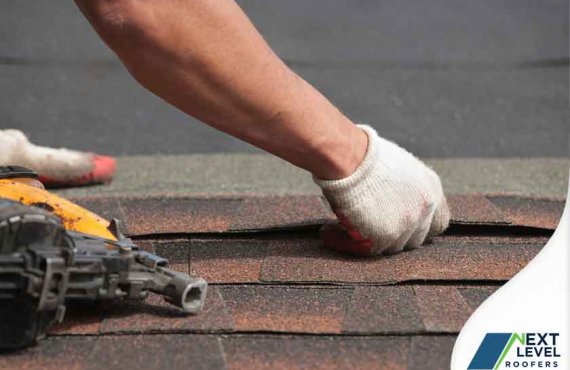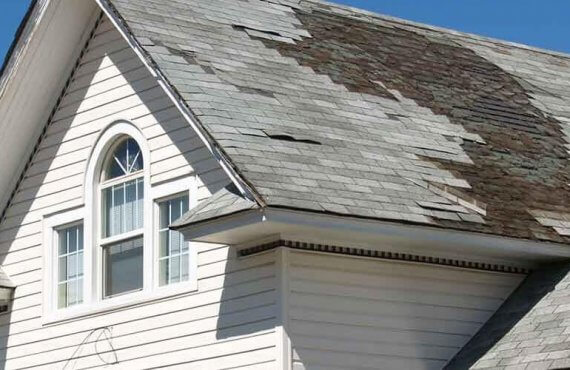Our roof is a precious investment that we’ve put a significant investment in. To many of us, we could even say that it’s our most important investment as it protects our home and our families from exterior elements. To a lot of people, they could consider having their own home as an accomplishment, and they would go through great lengths to protect it. One of these measures is having a roof replacement when their roof gets damaged, or exceeds its service life.

However, just like any component of your home, no matter how much you repair or maintain it, it will run into damage eventually due to age, or weather events. One of these events includes storm damage which is very common, especially if you live in subtropical climates. It’s a weather event that no homeowner wants to experience, but should be prepared for nonetheless. After a storm has passed your home, you could notice significant damage and want to deal with it right away. The first thing you probably have in mind is to call your insurance provider to ask for coverage. As simple as it may sound, it can be daunting for some homeowners, especially if it’s their first time filing an insurance claim.
In this post, the expert on roof replacement and storm damage repair, Next Level Roofers, shares how you can effectively communicate with your insurance adjuster after your home has suffered storm damage.
Take Note of Your Phone Conversation
When it comes to any kind of insurance claim, proof and documentation is your key to success. For example, if there is a dispute later on due to some stipulations on your insurance policy, or promises made to you, you’ll need solid evidence to prove your side. Keep in mind that you should take note of the date and time you have written or phone communication with your insurance adjuster. List down the details of your conversation, and a summary would suffice. You don’t have to write everything down word-for-word. Also, don’t forget to list the name of the person you’ve spoken to, along with their contact details.
According to reliable roofing companies, for important conversations, you should summarize your conversation and send an email to your adjuster. For instance, if you were told that you were to be covered for around $5,000 worth of damages, you can include that in your next message. The follow-up email gives your adjuster a chance to revise your side right after the conversation. In case they don’t, this is solid evidence that your side of the conversation is correct.
Stay Calm and Professional
It’s understandable for homeowners to be frustrated and fuming right after their roof and other components have suffered storm damage. This further gets amplified if the insurance claim becomes overwhelming for them. At times, you might even feel helpless if you think that your insurance provider becomes inconsiderate.
Your roof replacement expert would say that most of the storm damage insurance claim process is made up of documentation and filling up forms repeatedly and talking to numerous contact persons. While it can be stressful and frustrating, you’ll need to remain calm, polite, and cooperative. While it may seem difficult, but never, ever, lose your temper. Staying calm and cooperative will speed up the process and increase your chance of getting approved.
Give Information to Your Adjuster in a Timely Manner
When it comes to insurance claims, cooperation and timeliness is key. This is why you want to be proactive and organized when gathering documents to forward to your adjuster. If your adjuster is requesting an inventory of your items, do not delay it and give it to him as soon as possible in an orderly manner. Also, don’t forget to create a copy of everything you give to your insurance adjuster as proof and personal reference for the information you’ve given.
Your roofers would advise you to send everything in certified mail, along with the return receipt requested. This makes it easier for you to track your documents and helps you find out the time and date when your insurance company has received your documentation.

